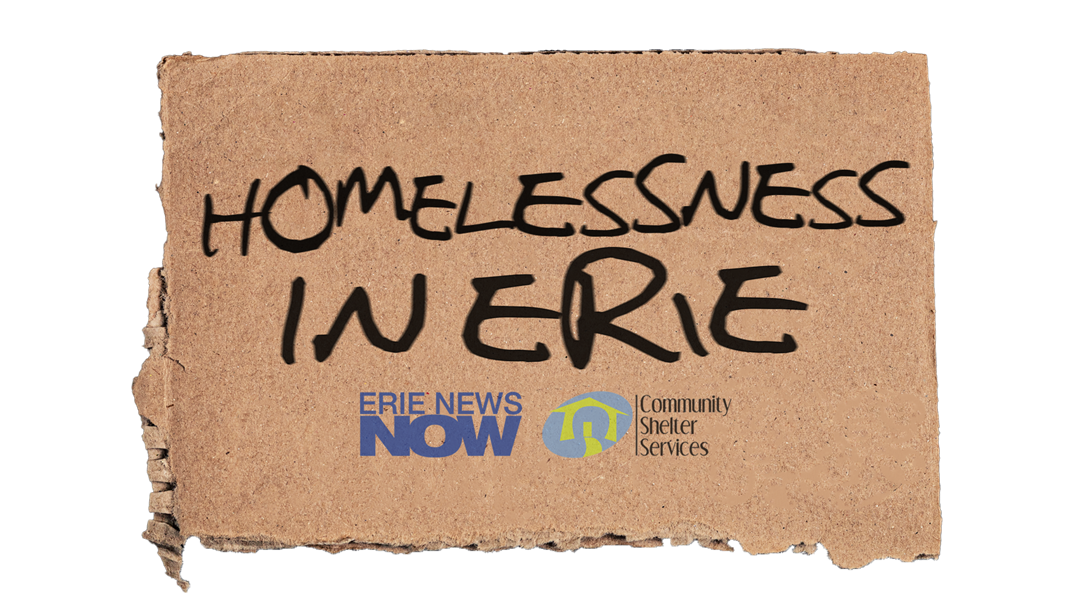The State of Homelessness in Erie

To be clear, this isn't an Erie-centric problem. In fact, it's a global one—one that's been on the rise for the last decade. But, with a problem like homelessness, it's helpful to consider the adage, "Think globally, act locally."
To better understand the landscape of homelessness in Erie County and how to take action, there is no better place to look for information than The Erie County Home Team Homeless and Housing Coalition. The Home Team is a coordinated volunteer group supported by the Erie County Department of Human Services, that strives to eradicate the problem of homelessness in Erie County.
“The Home Team is a community of providers, explains Erie County Housing Director, Peter Burke. “Not just housing providers, either. It can be mental health providers, it can be service providers, it can be landlords. Anybody can join, and we need the help and the service.”
The Home Team's mission is to enable the person or family experiencing homelessness in Erie County to become self-sufficient and move into permanent housing.
To help fulfill its mission, the Home Team collects data related to the homeless services system in Erie County. By doing so, they identify and address major gaps in the system and avoid duplicating the efforts of other organizations.
The Home Team is a Continuum of Care (CoC) program. A CoC is a regional or local planning body that coordinates housing and services funding for homeless families and individuals. This means that, beyond collecting data, The Home Team engages with individual homeless people and helps them take steps to end their cycles of homelessness. For example, the Home Team may help and encourage those experiencing homelessness to:
- Stay at an emergency shelter
- Go through assessment
- Find permanent housing/permanent supportive housing
- Enroll in supportive services
- Secure transitional housing
According to The Home Team, there are more than 1,100 people who pass through emergency shelters in Erie County annually. On any given night in Erie, there are over 200 people in shelters and over 20 unsheltered.
The Good News
The good news is, the number of people in emergency shelters decreased between 2021 to 2022. Additionally, between emergency shelters, transitional housing, and permanent supportive/rapid rehousing, there are 1246 shelter beds available, meaning there is enough for everyone.
“With the numbers crunched, we’re flexing right now, but we’re not breaking,” Peter confirms. “Everyone still has a bed.”
What’s particularly impressive about the Home Team is their ability to react quickly. The best example of this agility was during the start of covid. “When the pandemic was declared, our winter shelter closed down because all the volunteers were over 60. There were probably 60 or 70 people that had no place to go. Within one night, we got everybody into a hotel.”
But Peter notes, it wasn’t just the Home Team, it was Erie’s shelters and housing programs as a whole. “People stepped up during the pandemic. All of the shelters found ways to provide food and space for people who needed to be isolated.”
Not only that, the community coordinated to offer vaccine incentive programs for homeless people, they won grants to get hazard pay for shelter workers, and found private funding to keep people safe and housed.
The Bad News
The bad news is, in the past five years, Erie has seen an almost 15-percent increase in the number of people experiencing homelessness. What is also disconcerting is that many researchers and volunteers conducting PIT counting note that this method could be underestimating the actual number of homeless people.
What’s more, eviction moratoriums are done, emergency rental assistance programs have concluded, and pandemic funding has dried up. With these support systems dwindling in 2023, Peter worries the number of people experiencing homelessness is bound to increase rapidly. In fact, the Pennsylvania Department of Human Services (DHS), is already increasing shelter capacity to handle the influx.


